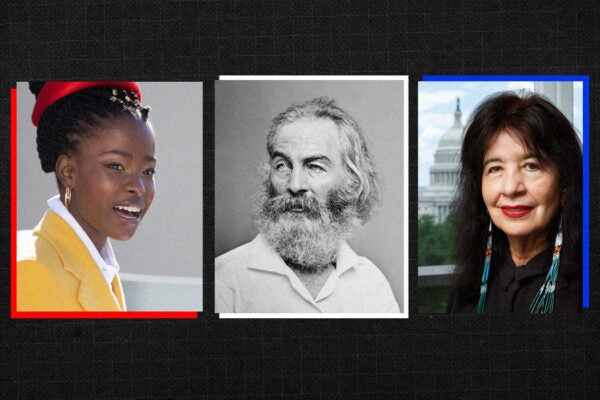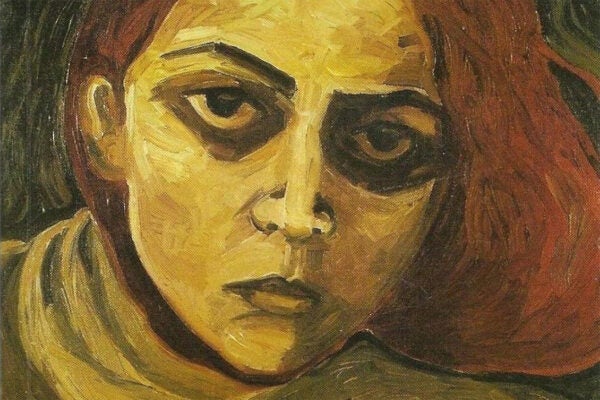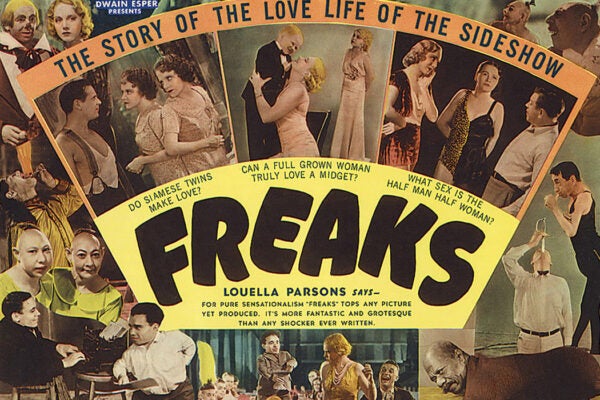Speaking to NPR about his Pulitzer-winning novel The Sympathizer, author Viet Thanh Nguyen remembers being a youth watching Vietnamese soldiers die on screen in Hollywood movies.
“I thought, ‘Where am I supposed to be in this particular scene? Am I supposed to be cheering the killing or am I supposed to be identifying with the person being killed?’” he tells the interviewer.
The lasting influence of those scenes means that The Sympathizer was always a story about cinematic representation, even before it was adapted for television by HBO this year. In fact, a major section in the novel involves the narrator’s involvement in a fictional film production about the Vietnam War, which cinema scholar Sylvia Shin Huey Chong describes as “a mash-up of Hollywood’s sins against not only Vietnamese but also Asians and Asian Americans at large.”
In connecting “the narrator’s quixotic quest to subvert this film with his repression of his complicity in the rape and torture of a communist agent…Nguyen suggests that watching the Vietnam War is potentially as dangerous as fighting in (or misrepresenting) the war,” Chong argues.
The unnamed narrator of The Sympathizer is a communist Vietnamese spy who is sent to infiltrate the United States and foment popular sympathy for his comrades. He opts to do so through an advisory role on The Hamlet—a satirical version of American movies about the Vietnam War—which is helmed by “the Auteur,” a fictionalized Francis Ford Coppola.
The narrator justifies his participation in this project with the voice of an Asian American activist. He compares the racism of The Hamlet with other problematic figures, like “those cartoons named Fu Manchu, Charlie Chan, Number One Son, Hop Sing—Hop Sing!—and the bucktoothed, bespectacled Jap not so much played as mocked by Mickey Rooney in Breakfast at Tiffany’s.”
However, “as the section on The Hamlet unfolds, Nguyen reveals that he identifies not simply with the Vietnamese refugee exodus but also with the Asian American panethnic enterprise that formed his earlier academic criticism,” Chong writes.
The narrator’s criticism of media representation thus blurs the line between fiction and the author’s own politics. Ultimately, they cannot resolve the gendered issue of sexual violence, which The Sympathizer’s emphasis on cinematic representation also implicates. After all, the fictional The Hamlet climaxes with the rape of a woman named Mai—an American soldier’s Vietnamese lover—by Viet Cong guerrilla characters known only as “VC RAPIST #1, VC RAPIST #2, VC RAPIST #3, and VC RAPIST #4.”
The narrator is eventually kicked off the Hamlet project over his clashes with the Auteur, and the novel later juxtaposes his opposition to this brutal rape scene with his refusal to acknowledge his participation in the rape of a communist agent while undercover with anticommunist forces. While imprisoned by his former allies in a communist re-education camp, the narrator is tortured until he finally confesses his role in what was done to his female comrade. Chong presents this “denouement” of The Sympathizer as “a textual restaging and ‘rememory’ of the repressed rape.”
Just as he fruitlessly objected to the Auteur’s decision to script a graphic rape for Mai, the narrator is revealed to have been unsuccessful in preventing the assault of the communist agent.
“The three policemen who commit the rape patronize the narrator, handing him a Coke and commanding him to watch… [T]he narrator has seemingly written himself out of the scene—neither perpetrator nor victim but occupying some strange middle position” as on onlooker, writes Chong. “But that position leaves him feeling just as complicit as if he had penetrated her, and, in fact, the Coke bottle he helplessly holds throughout the rape is utilized as the pièce de résistance of the violation.”
In her response to Nguyen’s novel, Chong repeats the question that the narrator poses to the Auteur, asking “whether the rape scene was ‘really necessary.’”
The Auteur all but shrugs, arguing that “rape happens” in a time of war, so he was obligated to show it.
This “linking of war and rape is not the Auteur’s fantasy alone,” Chong argues. This trope “underlies the entire Vietnam War genre (both filmic and literary) and one that Nguyen also turns to in [his essay collection] Nothing Ever Dies as well as in The Sympathizer.”
Importantly, “the mixed-race, double agent narrator is neither rapist nor rape victim but stuck in between,” a position that Chong aligns with The Sympathizer’s aim of troubling binaries. But she notes that the ambiguous position that Nguyen grants to the narrator still “depends on the fixity of other players,” like Mai, “to occupy their roles of abjection.”
Chong raises a similar question about the role of the reader. Do we have an obligation to witness the violence? Though the position of onlooker is ambiguous, it’s not neutral. Chong proposes that “the critique of spectatorship collides with the ethics of witnessing often called on by human rights activists.” Why must the reader serve as “the confessor” to the Auteur?
Weekly Newsletter
“If the rape of the communist agent has its analogue in The Hamlet’s rape of Mai, can one savage the representation of Mai’s rape as exploitative while commending the rape of the communist agent as artistic, perhaps necessary?” Chong wonders. “Just as Nguyen cringes in ‘intense feelings of disgust, horror, shame, and rage’ when he sees himself as gook on-screen, I likewise cringe as I feel thrust into the position of these raped women.”
Though The Sympathizer shows that “[r]ape as a literary and critical trope is useful in revealing and condemning the pleasures of war and the war machine,” she still wonders if it’s “possible to write (or film) the war without traveling through this abject trope?”







